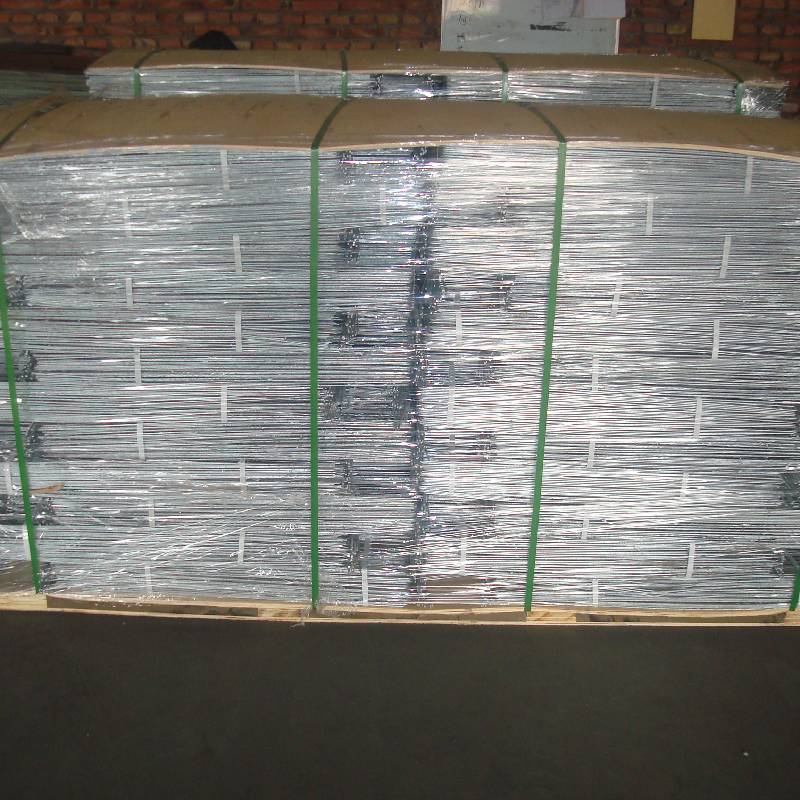
- Mobile Phone
- +8613931874955
- sales@cntcmetal.com
steel weld mesh panels
Understanding Steel Weld Mesh Panels A Comprehensive Overview
Steel weld mesh panels, commonly referred to as welded wire mesh, are integral components in various construction and industrial applications. Characterized by their durable construction and versatile functionality, these panels offer numerous benefits and have become a staple in the modern building industry.
What Are Steel Weld Mesh Panels?
Steel weld mesh panels are made from electrically welded steel wires that intersect at regular intervals, forming a grid-like structure. The wires are typically made from low carbon steel, which provides strength and flexibility. After welding, these panels are often treated with galvanization or other protective coatings to enhance their corrosion resistance and longevity. They come in various sizes, wire diameters, and mesh patterns, which allows for customization according to specific project requirements.
Key Benefits
1. Strength and Durability One of the primary advantages of steel weld mesh panels is their exceptional strength. The welded intersections create a cohesive structure that can withstand significant loads, making them suitable for various demanding applications. Whether used in reinforcing concrete, fencing, or constructing barriers, these panels provide reliable support.
2. Versatility Steel weld mesh panels can be employed in a wide array of applications. They are commonly used in civil engineering and construction for reinforcing concrete floors, walls, and other structures. Additionally, they serve as security fencing in agricultural settings, industrial sites, and residential properties. Their versatility extends to DIY projects, where they can be transformed into decorative elements, garden trellises, or even furniture.
3. Cost-Efficiency The production process of steel weld mesh panels is generally cost-effective, translating to lower material costs for construction projects. Their durability also means that they require less frequent replacement compared to other materials, further enhancing their cost-efficiency.
steel weld mesh panels

4. Ease of Installation Another notable benefit is the ease of installation. Steel weld mesh panels are lightweight compared to solid steel sheets or thicker rebar, making them easier to handle. They can be quickly cut and tied into place, which accelerates the construction process. Many construction teams prefer using welded wire mesh because it reduces labor time and enhances overall project efficiency.
5. Enhanced Safety When used in applications like fencing and security barriers, steel weld mesh panels provide enhanced safety. Their sturdy construction is difficult to breach, making them ideal for safeguarding properties and livestock. Moreover, the grid structure allows for visibility while maintaining a secure perimeter.
Applications
The applications of steel weld mesh panels are extensive. In residential construction, they are often used to reinforce concrete foundations and slabs. In agriculture, these panels can be found in animal pens, gardens, and greenhouses, providing both security and structural support. In industrial settings, they assist in creating safety barriers and enclosures around machinery and hazardous areas.
Moreover, infrastructure projects, such as bridges and retaining walls, significantly benefit from the use of welded mesh, as it enhances the tensile strength of concrete. This ability to adapt to various uses highlights the importance of steel weld mesh panels in modern engineering and construction practices.
Conclusion
In conclusion, steel weld mesh panels are a vital component of contemporary construction and industrial applications. Their strength, durability, versatility, cost-efficiency, ease of installation, and safety benefits make them an excellent choice for a multitude of projects. As the construction industry continues to evolve, the demand for efficient and reliable materials like steel weld mesh panels will undoubtedly remain strong, contributing to safer and more durable architectural designs. Whether for reinforcement or as standalone structures, these panels are set to play an essential role in shaping the future of construction.
share:
-
Why Sacrificial Formwork Is Redefining Underground ConstructionNewsJun.06,2025
-
The Structural Dynamics of Modern Concrete: How Snake Spacers Revolutionize Flexible ReinforcementNewsJun.06,2025
-
Snake Spacers Smart-Lock Concrete Reinforcement with Surgical PrecisionNewsJun.06,2025
-
Snake Spacers: Reinforcement Precision for Modern Concrete ProjectsNewsJun.06,2025
-
Snake Spacers Powering Concrete's Structural DNANewsJun.06,2025
-
Slither into Success: Snake Spacers' Precision Bite for Unbreakable ReinforcementNewsJun.06,2025
-
Sacrificial Formwork: Building Stronger, Faster, and Safer StructuresNewsJun.06,2025



















